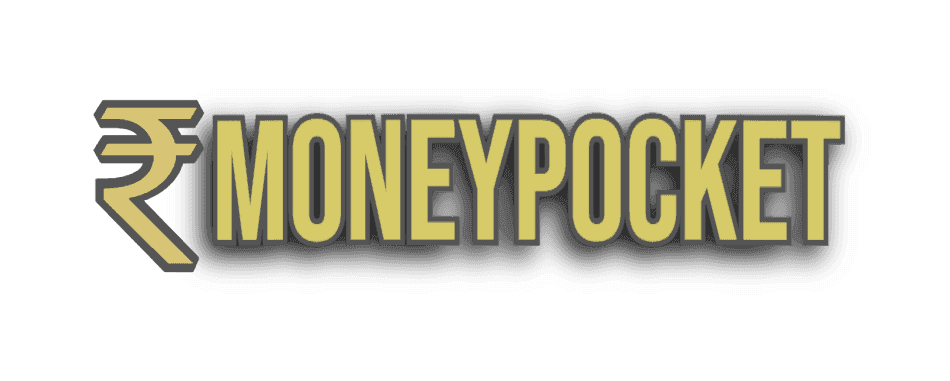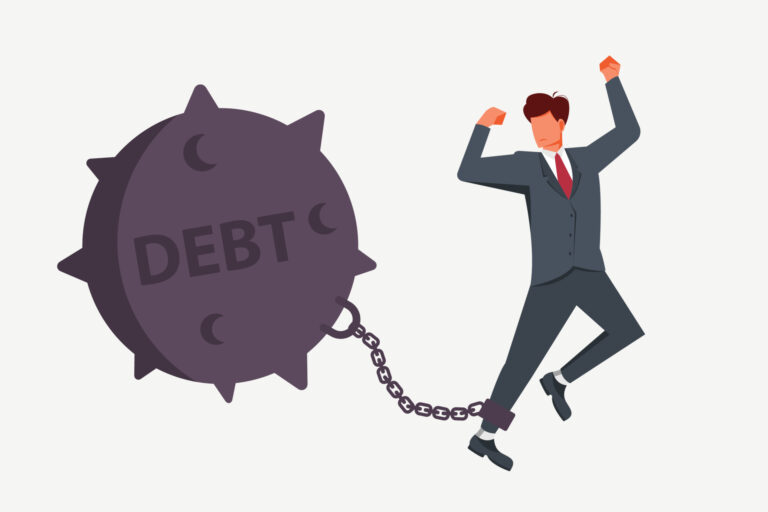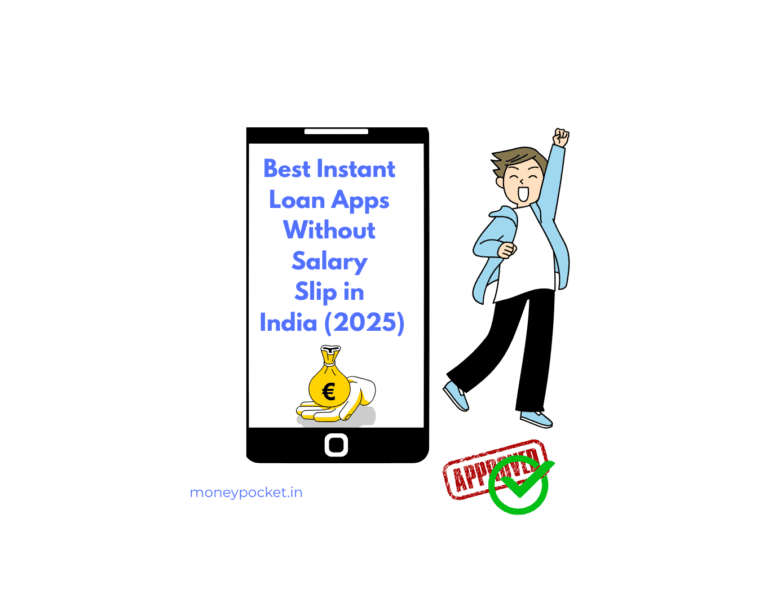Student Loan Without Collateral in India
A game changer for many aspiring students who dream of pursuing higher education but don’t have assets to pledge. In India, where most education loans require collateral, the option of applying for a loan without security can open doors to opportunities that otherwise might have seemed out of reach. In this guide, we will walk you through everything you need to know about getting a student loan without collateral in India, from eligibility to the application process.
In this blog post, we’ll cover everything you need to know about student loans without collateral in India — eligibility, how to apply, which banks offer them, and how to increase your chances of approval.
What Is a Student Loan Without Collateral?
A student loan without collateral is an unsecured education loan. That means you don’t have to pledge any asset (like property, FD, or gold) to borrow money for your studies. These loans are typically offered to meritorious students who have secured admission in reputed institutions, either in India or abroad.
For many middle-class families, this type of loan can be a lifesaver. Imagine a student named Priya who secures admission into a top MBA college. Her father, a retired schoolteacher, doesn’t have any property or assets to pledge. Despite this, Priya manages to fund her education through a collateral-free student loan from SBI. Fast forward a few years — she completes her degree and now works at a reputed firm in Mumbai, building a successful career without burdening her family financially.
Key Features of Student Loans Without Collateral
Let’s look at some essential aspects of such loans:
Feature | Description |
Loan Amount | Usually up to ₹7.5 lakh without collateral (can go up to ₹40 lakh for premium institutes) |
Interest Rate | Typically between 9% to 13% per annum |
Moratorium Period | Course duration + 6 months to 1 year |
Repayment Tenure | Up to 15 years |
Processing Fee | Varies, often 0.5% to 1% of loan amount (sometimes waived) |
Eligibility Criteria
Although collateral isn’t required, lenders do evaluate certain criteria before sanctioning an unsecured student loan:
- Academic Merit – You should have a good academic record.
- Admission Confirmation – You must have secured admission in a recognized institution in India or abroad.
- Co-applicant – Typically, your parents or guardian will be added as a co-applicant.
- Income of Co-applicant – The repayment ability of your co-applicant matters since it reflects on your loan eligibility.
- Course Type – Loans are more easily approved for professional and technical courses.
Documents Required
Here’s a list of commonly required documents when applying for a student loan without collateral:
- Admission letter from the educational institution
- Fee structure of the course
- Academic mark sheets (10th, 12th, graduation)
- KYC documents of student and co-applicant
- Income proof of co-applicant (ITR, salary slips, Form 16)
- Bank statements (usually last 6 months)
Top Lenders Offering Student Loans Without Collateral
Here are some popular banks and NBFCs that offer student loans without collateral:
1. State Bank of India (SBI)
- Product: SBI Student Loan Scheme
- Loan Limit Without Collateral: Up to ₹7.5 lakh
- Special Cases: Up to ₹40 lakh under SBI Scholar Loan for selected premier institutions
2. HDFC Credila
- Offers collateral-free loans for specific institutions
- Faster disbursal
- Customised loan terms
3. Axis Bank
- Up to ₹7.5 lakh without collateral
- Lower processing time if co-applicant has a stable income
4. ICICI Bank
- No collateral for loans up to ₹20 lakh in some cases (only for top-rated institutions)
- Offers pre-admission sanctions as well
5. Avanse, InCred, Auxilo (NBFCs)
- More flexible in terms of loan amount and co-applicant income
- Slightly higher interest rates than banks
- Good option if you don’t qualify through traditional banks
Imagine a student named Ankit from Jaipur who secures admission into Vellore Institute of Technology (VIT) for his B.Tech. His father runs a small kirana store and doesn’t own any property to offer as collateral. Still, Ankit doesn’t give up. He approaches SBI and applies for a ₹6 lakh student loan without collateral. Thanks to his good academic record and his father’s ITR documents, the bank processes his application. Within 15 days, his loan gets approved under the SBI Education Loan Scheme, all without pledging a single asset.
This isn’t just an exception; such cases are common if your paperwork is strong and you’re going to a recognized institute.
How to Improve Your Chances of Getting a Collateral-Free Student Loan
Here are a few tips that can improve your application:
- Get admitted to a reputed institution – Lenders are more confident when the college is ranked and recognised.
- Maintain a strong academic record – Consistent marks boost your credibility.
- Ensure your co-applicant has good income proof – Salaried co-applicants are preferred.
- Apply early – Don’t wait until the last minute. Starting early gives time to sort any issues.
- Compare lenders – Use online portals like Vidya Lakshmi or directly approach multiple banks.
Interest Subsidy Schemes by the Government
The Central Sector Interest Subsidy Scheme (CSIS) by the Government of India is a huge relief for economically weaker sections:
- Who can apply: Families with annual income ≤ ₹4.5 lakh
- What it offers: Interest subsidy during the moratorium period
- Applicable Courses: Technical and professional courses in India only
This is one benefit every student should check eligibility for when applying.
Repayment and EMIs: What You Need to Know
Repayment generally starts after the moratorium period ends (course period + 6 months to 1 year). EMIs are calculated based on the loan amount, tenure, and interest rate.
For example, if you borrow ₹7 lakh at 10.5% interest for 10 years, your EMI would be approximately ₹9,400 per month after the moratorium ends.
Banks usually allow prepayment without penalty, so if you get a job with a good salary, you can close the loan faster.
In Summary
Taking a student loan without collateral is no longer a distant dream in India. With the right approach and documents in place, even students from modest backgrounds can fund their education without burdening their families.
If you’re planning higher studies — especially in fields like engineering, management, or medical, don’t let the lack of collateral stop you. Explore, compare, apply early, and prepare well.
Because sometimes, all it takes is one right step to change the direction of your entire future.
Do You Still Have Questions?
Comment below, and we’ll help you navigate your student loan journey. Also, don’t forget to check our Loan & EMI section for more real-life guides like this.







